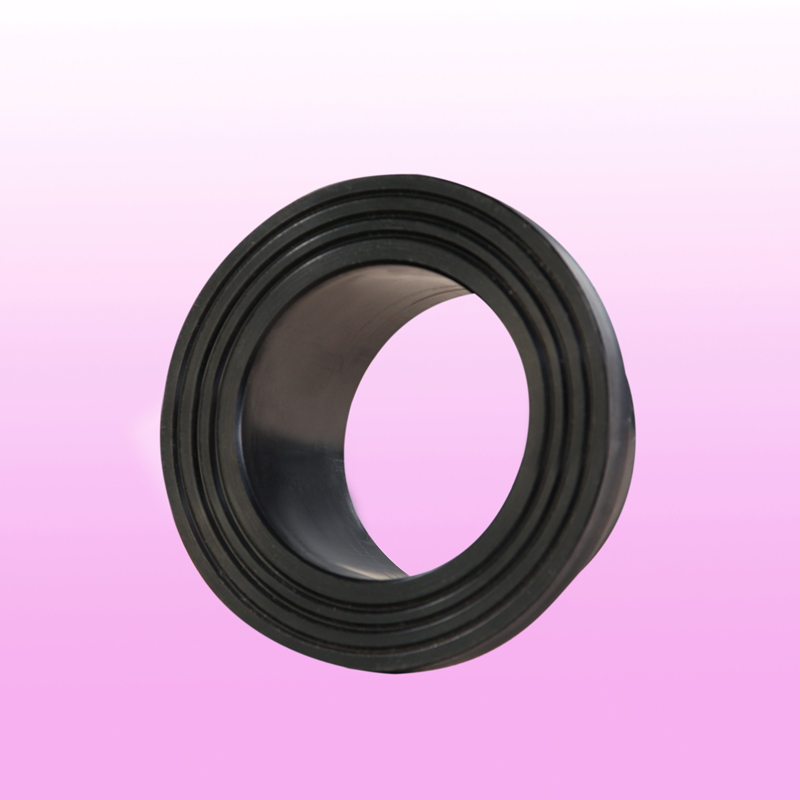Various types of polyethylene pipes and fittings are currently used in large and small water supply networks in different areas of our country. Polyethylene has enhanced the performance of water supply pipelines because of its unique properties and advantages compared to other types of pipes. These lines, which are available in various lengths and diameters are operated using various polyethylene pipes. But there is another significant point including the way of connecting them in various sections along the pipeline. Special adaptors are required to be utilized to make changes in the piping path and to connect the polyethylene pipes to each other.
Flanges are one of the kinds of adaptors in polyethylene pipes in water supply networks. Flanges are usually utilized in the piping of water supply networks as one of the elements of the fittings, which is mainly applied to change the direction of pipes or change the diameter. Flanges are mainly made by casting, machining, or molding, and are made of steel, steel alloys, cast iron, and other metals. A flanged coupling includes three separate parts named flanges, gaskets, and screws. The flange is in the form of a disc piece that is constantly in pairs and it can connect the inside of the pipe piece using bolts and nuts and is additionally opened easily. Flanges are proper for low or high-pressure irrigation. The flanges are sealed by a gasket that is set between them.
Based on the standards presented for the connectors and adaptors, it is required that the flange features, including the brand of the flange manufacturer, the nominal size of the pipe (outside diameter of the pipe that the flange will be extruded to it), the amount of sustainable pressure (also named the flange class), flange surface shape (flange surface shape is the most significant part of a flange), holes (sometimes also describes wall thickness), flange material (according to ASTM standard, this number shows the terms of raw materials used to provide the flange). ) and the number or code related to the heat treatment done on the flange to be inserted on it.
Polyethylene Flange Extruded is highly resistant to rust, corrosion decay, mechanical impacts, and acid.
The thickness of the Flange Extruded is equal to the thickness of the pipe that the flange is connected to it.
It is probable to connect this flange to the pipes through butt welding.
Polyethylene Flange Extruded has classes of 6, 10, and 16 bar.
Polyethylene Flange Extruded is used in conventional equipment and services of polyethylene networks and it is possible to install them easily and it is easy to align the pipe and also, it is not required to pay considerable attention to cut the pipe to a certain length. It additionally has two-thirds resistance to internal pressure and one-third to the fatigue load of a throat extruded flange, but it has a higher cost to install. As stated, surface flanges are less resistant to shock and vibration. The distance from the pipe to the end of the flange is one- sixteen inches. The mechanism of coupling this type of flange to the pipe is such that the pipe is located inside it so that the thickness of the pipe plus 1.6 mm to 3.2 mm is the distance from the plate inside it and butt welding is performed from inside and outside.











